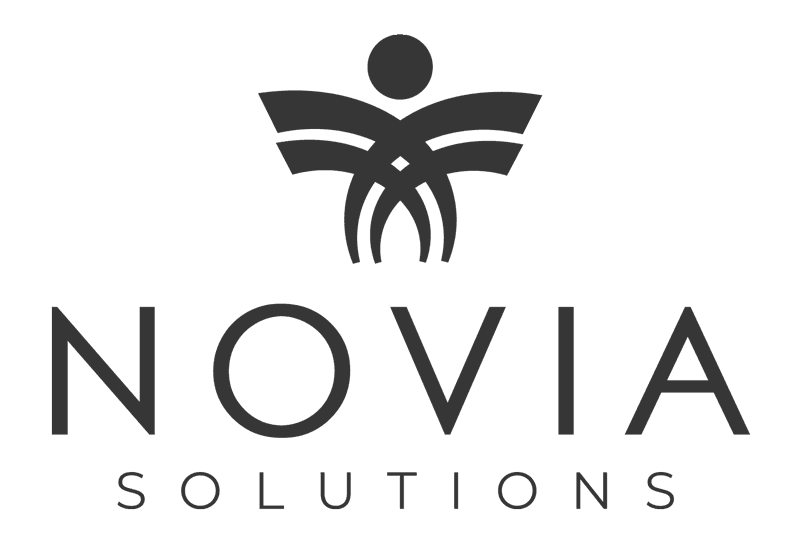Nurse burnout has become a topic that is discussed in the healthcare world both frequently and at length. This comes as no surprise as a recent 2018 study revealed that the “cost of nurse turnover ranges from $38,000 to $61,100, resulting in the average hospital losing $4.4M to $7.0M, and each percent increase in RN turnover will cost an additional $337,500”1. Clearly, the financial implications of nurse burnout pose a huge burden for hospital leadership who must not only worry about the effect turnover has on quality of care but must also focus on their financial bottom line. According to a recent Press Ganey Publication, one tool that has proven to be a valuable resource for reducing nurse burnout is the classification of work units into tiers based on how employees answer questions that are key drivers of workforce engagement with Tier 1 representing the highest performers and Tier 3 the lowest. Rather than approaching nurse engagement on an individual basis, some organizations instead have shifted their focus to the unit level. There, they use surveys to analyze the aggregate responses within the unit in order to assign the unit with a Tier indicating overall engagement within the unit.
In doing so, organizations are able to customize their engagement approach to better fit the needs of the unit instead of simply wading in with a one-size-fits-all approach. In addition, high-performing organizations were those that were able to:
- Measure engagement at the work-unit level and manage the follow-up activities based on each work group’s engagement
- Assess the readiness of each work group before initiating action planning
- Identify the key drivers of engagement unique to their organization2
In doing so, one healthcare organization was able to achieve “a fivefold increase in the percentage of work units in Tier 1 (from 4% to 21%), and it halved both the number of work units in Tier 3 (from 65% to 33%) and its voluntary turnover (from 25% to 12%)”2. One way organizations have been able to measure success is by using action-planning readiness (APR) scores which can be useful to identify barriers to effective action planning and inform targeted improvement strategies.
If you are interested in learning more about engagement tiers, click here. Or follow us on LinkedIn for related articles. To learn more about our Hot Jobs, visit our website. Not interested? Simply send a referral our way and you can earn up to $4,000 per referral.
For additional blogs you might be interested in:
- Job Shadowing- How To Ensure Your Career Growth Doesn’t Get Left In The Dark
- The Four Pillars Of Communication That Make A Great Leader
- Effective Leadership Strategies To Reduce Staff Bullying And Burnout
1http://www.pressganey.com/blog/engagement-matters-meeting-the-unique-challenges-of-the-health-care-workforce
2 http://www.pressganey.com/docs/default-source/default-document-library/the-key-to-a-high-performing-workforce.pdf?sfvrsn=0


